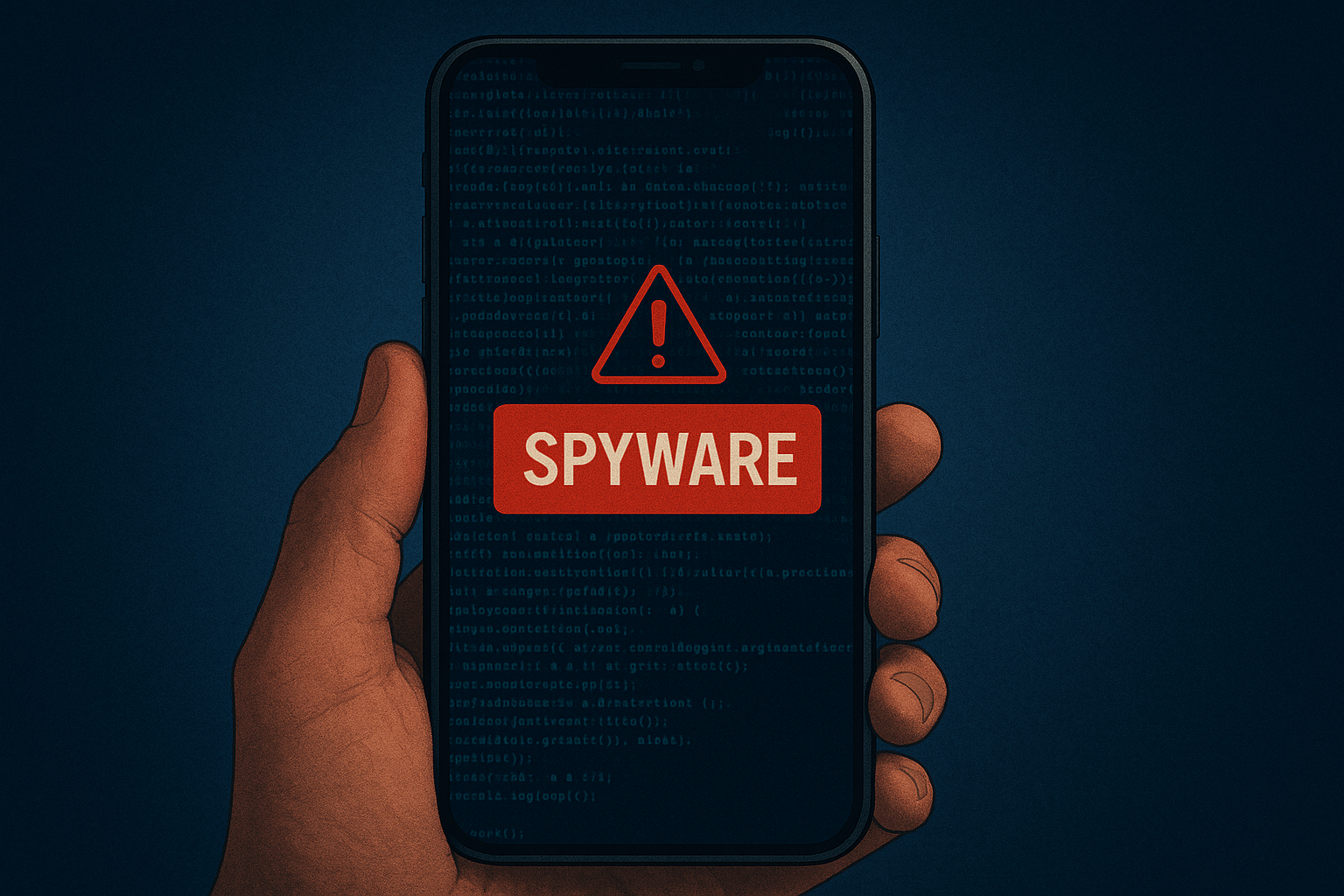Clickbait is Internet content that uses overemphasized or misleading headlines to lure a person into clicking a link. Once the link is clicked, it brings the user to another website that contains multiple advertisements and sometimes malicious content. The most common objective of clickbait is to drive page views on websites, whether for their own purposes or to increase advertising revenue. Clickbait can also be used in phishing attacks, either driving users to a different page where they enter personal information or having users click links that installs malware.
Some examples of clickbait headlines would be:
Clickbait headlines like these tend to spread quickly through social media sites such as Facebook, Twitter, and Instagram due to the easy ‘shareability’ of these outlandish articles.
Source: BBC, TechCrunch, Webopedia
Related Terms: Disinformation, Malware, Phishing
Businesses should have a security awareness training program that educates employees on the risks they face online. Click bait is one topic that should be covered to protect your employees from drive-by downloads, malicious websites, or plain old productivity lost when employees click through 50 pages of “Celebrities who lost weight: before and after Pictures!” By educating your staff on phishing attacks and clickbait, it can significantly reduce the risk of compromised credentials, other security breaches, and even wasted time. CyberHoot believes employees are the best line of defense a business has. They are a key component of your overall cybersecurity strategy and program. By embracing these techniques, SMBs can ensure their workforce is prepared for the many common and emerging threats they face. Training staff on spotting and avoiding phishing attacks, social engineering, ransomware, password hygiene, two-factor authentication requirements, Wi-Fi insecurities, and other threats greatly reduces the chances of becoming victims to hackers. Pick a training system that is open (CyberHoot is), so you can pivot quickly and train your team up on emerging threats.
Discover and share the latest cybersecurity trends, tips and best practices – alongside new threats to watch out for.

Cybercriminals always follow Internet eyeballs. Not literally, but figuratively. And today's eyeballs are...
Read more
Active Attacks on Messaging Apps The Cybersecurity and Infrastructure Security Agency (CISA) recently issued...
Read more
The world of work has changed enormously since COVID-19. Gone are the days when IT admins sat behind a corporate...
Read moreGet sharper eyes on human risks, with the positive approach that beats traditional phish testing.
